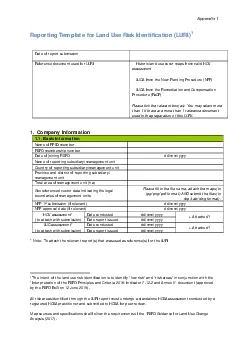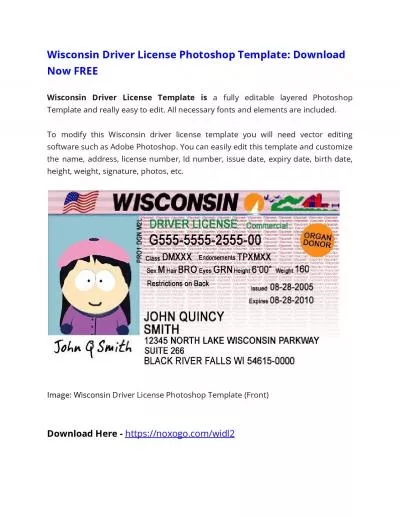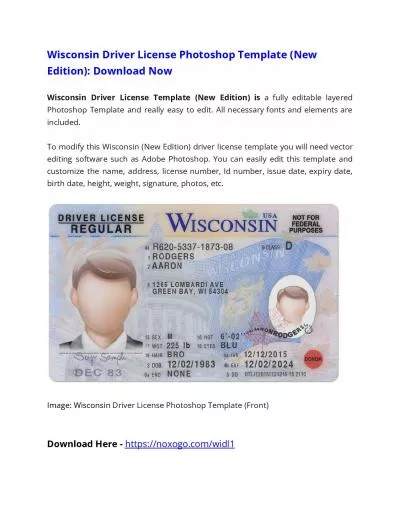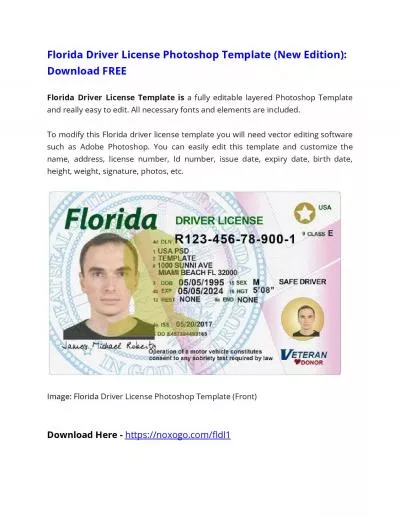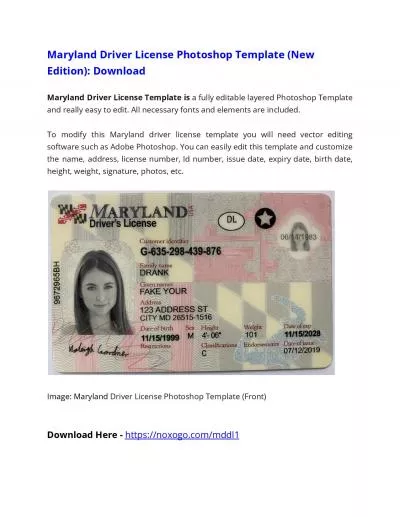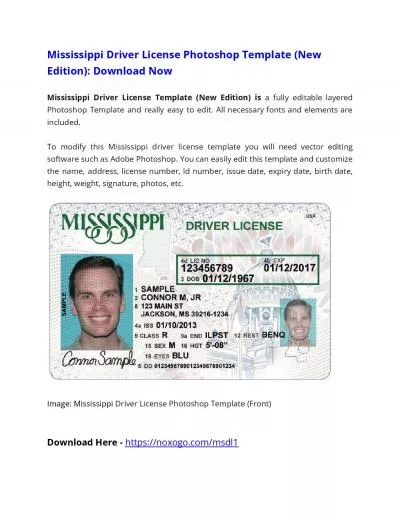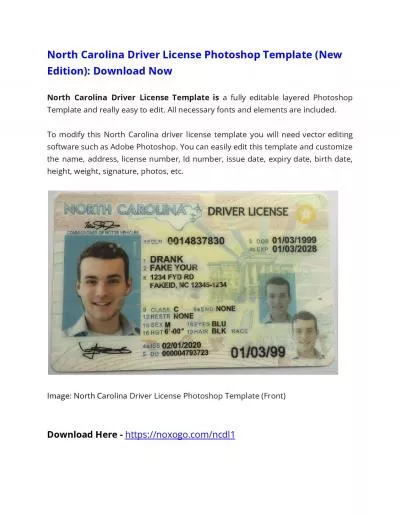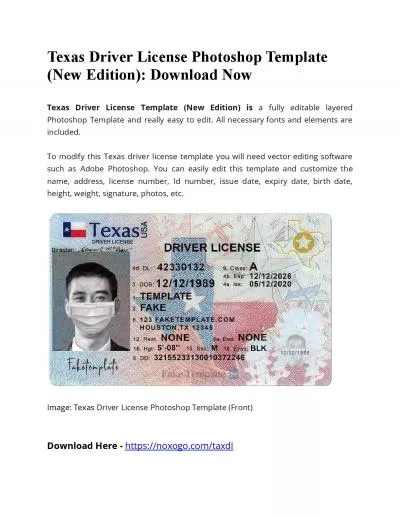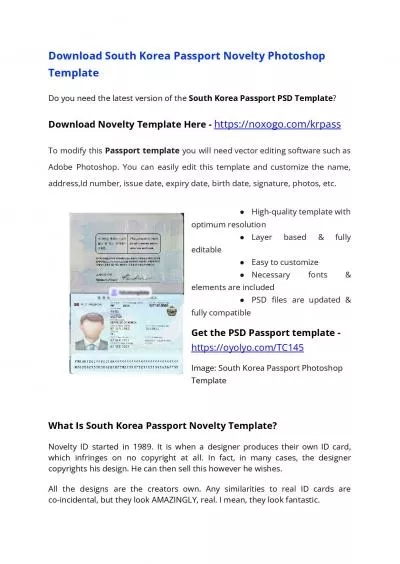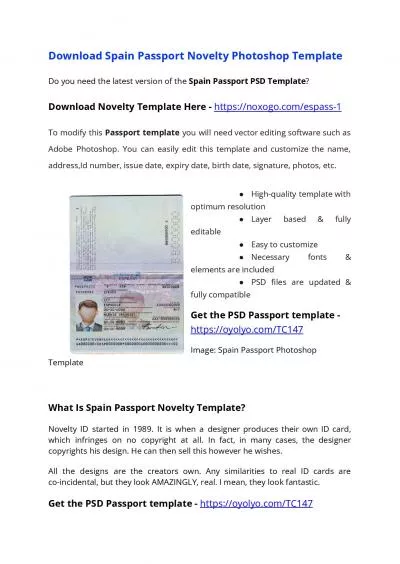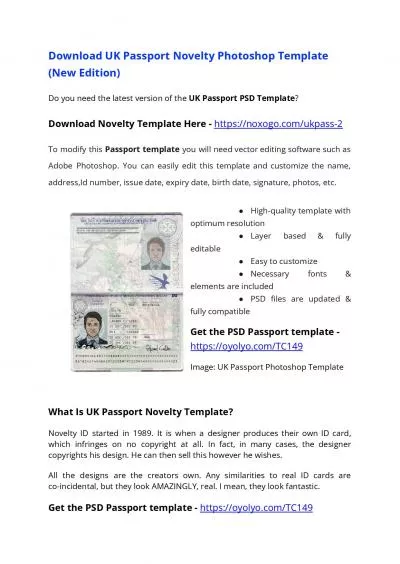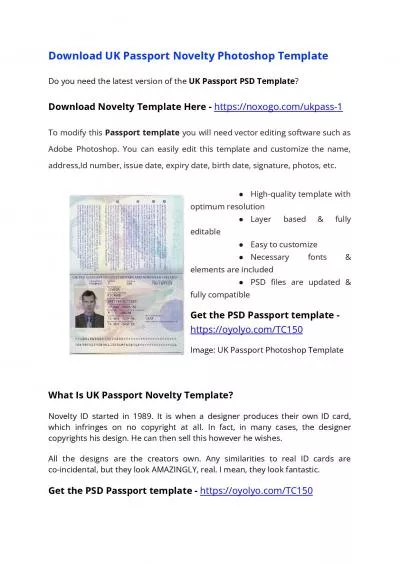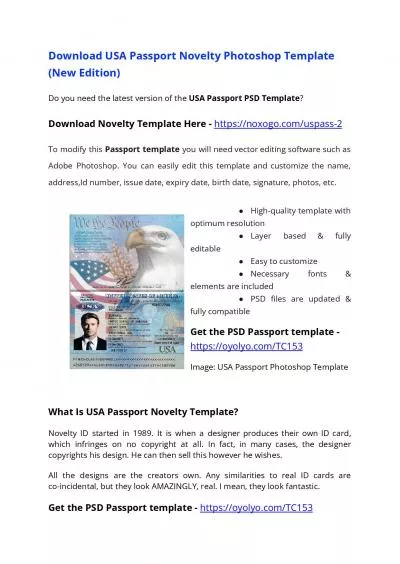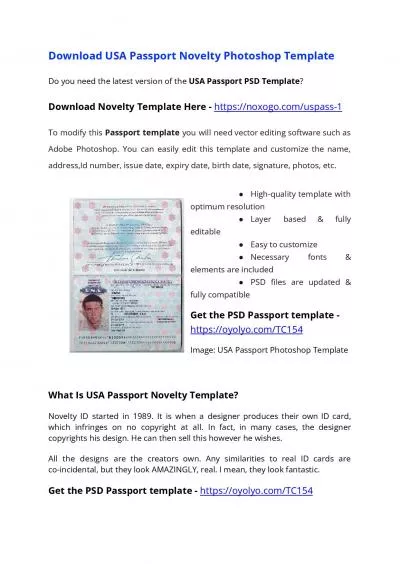PDF-Reporting Template for Land Use
Author : sophia | Published Date : 2021-09-02
Appendix 1Risk IdentificationLURI1Date of report submissionReference document used for LURIx0000Historic land use cover maps from valid HCV assessment x0000LUCA
Presentation Embed Code
Download Presentation
Download Presentation The PPT/PDF document "Reporting Template for Land Use" is the property of its rightful owner. Permission is granted to download and print the materials on this website for personal, non-commercial use only, and to display it on your personal computer provided you do not modify the materials and that you retain all copyright notices contained in the materials. By downloading content from our website, you accept the terms of this agreement.
Reporting Template for Land Use: Transcript
Download Rules Of Document
"Reporting Template for Land Use"The content belongs to its owner. You may download and print it for personal use, without modification, and keep all copyright notices. By downloading, you agree to these terms.
Related Documents

